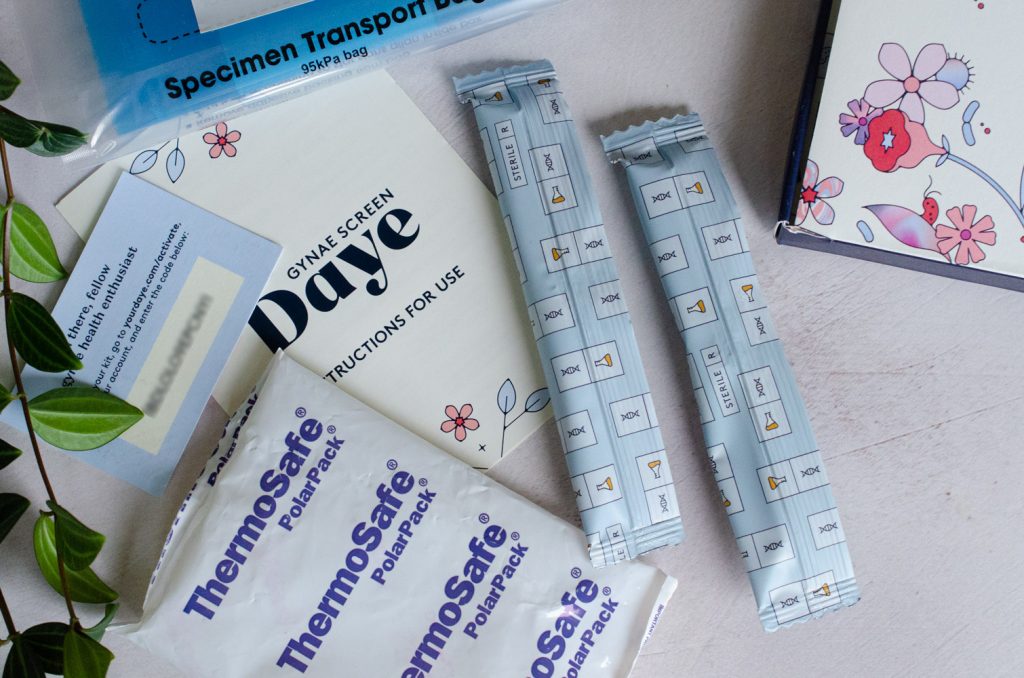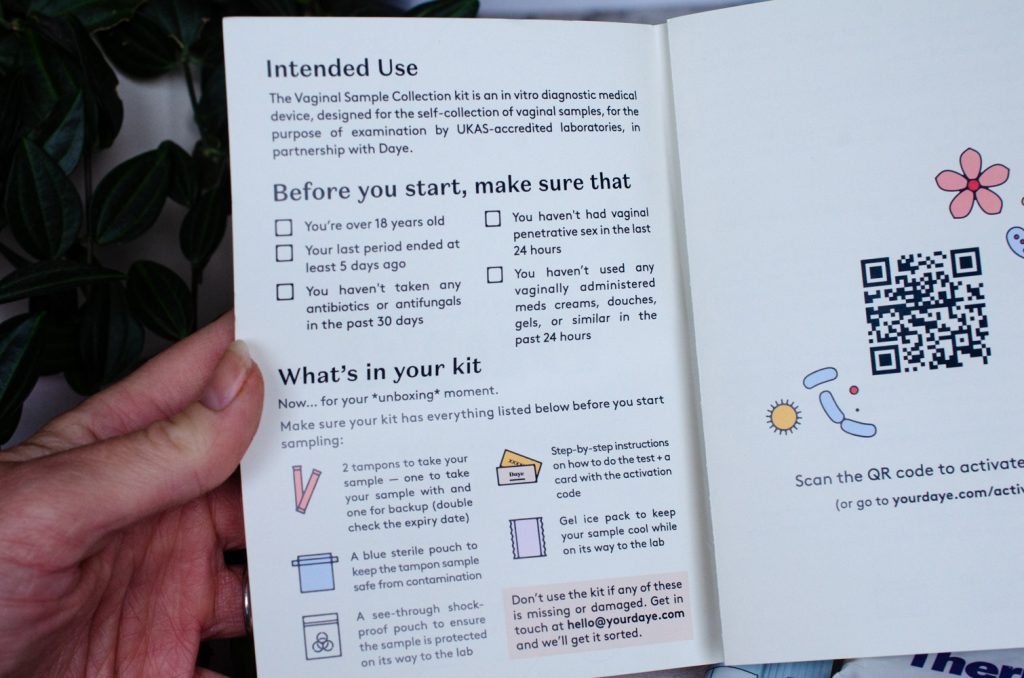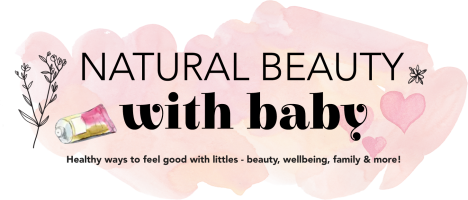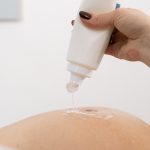Welcome back, my dear friend! In this article we’re going to consider how does pregnancy change the vaginal microbiome.
Advert: this post contains references to PR gifted products. My views are honest and my own. May contain affiliate links.
We’ve all heard of the gut microbiome, and even the skin microbiome, but did you know that your vagina is also home to millions of strains of “friendly” and “unfriendly” bacteria, yeasts, and other microorganisms that comprise its own vaginal microbiome?
Luckily, most of the time, these organisms live in perfect balance. Unfortunately, and for various reasons, this balance can be disrupted causing health problems. Perhaps an infection, thrush, or even affecting our ability to fall pregnant naturally or sustain a healthy pregnancy.
If you’re trying to get pregnant, or are currently pregnant, and want to take your vaginal and reproductive health to another level, then taking a test is a great way to support yourself.
To help me understand my vaginal microbiome before and after pregnancy, I’m trying out the Vaginal Microbiome Screening test from Daye. And I’ll be taking not just one test, but two tests. One before the birth of my baby, and one afterwards.
Excited to learn more? Let’s do it!
Why take a vaginal microbiome screening test?
Vaginal screening tests can help to uncover any risks to gynae health, fertility, and pregnancy health and outcomes. It can even tell you if your next round of IVF is less likely to be successful.

Thanks to testing methods, a vaginal screening test is easy to do at home and gives quick and accurate results.
According to Daye, you can:
Understand your risk of vaginal infections like thrush or BV, STIs, fertility implications, and other gynae health complications using a non-invasive at-home tampon screen.
Once you’ve got your test results, the Daye website will help you decipher them. The website may point you in the right direction for further medical care, if needed. You can also download a PDF copy of your results to share with your doctor or midwife.
What does the kit test for?
The kit aims to give a broad picture of vaginal flora.
- Lactobacilli – the “friendly” bacteria that colonise the vagina
- Yeast-like fungi – thrush is caused by candida
- Anaerobic bacteria – responsible for infections such as BV
- Mycoplasma and ureaplasma – these baddies can cause inflammation in the lower urogenital tract and, according to studies, can affect fertility
If you want to get a feel for how the results look, you can take a peek at the test results of Daye’s founder, Valentina, when you subscribe to receive emails from Daye.
Taking the vaginal microbiome screening test
Daye simply send the kit out in the post – including a sampling kit with a tampon to wear for a short time. According to Daye, tampons take better, more accurate samples than a standard swab – which can be fiddly.

I took the test at 38 weeks pregnant. I was assured by Daye that, although tampons are not recommended during pregnancy (why would you?) the tampons are totally sanitised and come with a very low chance of infection.
Luckily, collecting your microbiome sample is very easy. I found the process seamless, in fact.
Activating the kit
After receiving my kit, I opened the box and used my code to activate my kit. Activating the kit was really easy to do. The website asks a series of medical and health questions that are tallied to the test results later down the line to help with interpreting the results.
In the questionnaire, I reported that I do have some vaginal symptoms (they’re nothing serious and just the result of having an 8lbs baby pressing down on my vagina!). In this part, I found it hard to tell the questionnaire that I thought my symptoms were just part of “normal” pregnancy symptoms.

After completing this, it was time to take my sample. To make sure the sample gets to the lab in time, use the kit on a Sunday, Monday, Tuesday, or Wednesday.
There are some simple “before you start” instructions – be sure not to have used any products like gels or creams on your vagina in the last 24 hours, and no anti-fungals for 30 days.
The tampon goes inside a plastic bag with a freeze pack to preserve it, so make sure you read all the instructions carefully to ensure you send everything off in the right way and avoid contaminating the sample.
Once the sample is bagged up and ready to go, put it back in the box it came in. The box is conveniently already postage paid and labelled ready to drop off at your post office counter.
Impressively, my results came back super fast. It must’ve only been about 3 days until I got them back.
My results! During pregnancy
Well, I have to share my personal vaginal microbiome screening results with you, don’t I? I’m not shy!
I found the results really easy to decipher. At a glance, they told me that several of my test results are out of range.
- Lactobacilli – reduced
- Anaerobic bacteria – not detected
- Yeast-like fungi – detected, in normal range
- Mycoplasma/ureaplasma – detected, out of normal range – my result 10^4.8, normal result is less than 10^4.
- Pathogenic microorganisms – not detected
The results show that my vaginal microbiome is moderately unbalanced and contains mycoplasmas. I have reduced lactobacilli, also.
Since I specified some vaginal symptoms in my questionnaire, Daye recommended considering requesting treatment or reaching out to a specialist through their aftercare service.
How do I feel about my results?
At first, I felt quite worried about the ureaplasma result. Comfortingly, Daye say that this isn’t a medical emergency, which of course is very true.
The test results also show a very detailed breakdown of the amounts of organisms actually found, so it was easy for me to see that many of my results were borderline, including ureaplasma.
However, being an avid Dr. Googler like many of us are, I scared myself by finding out that a ureaplasma infection can come with serious issues for the mother and baby. Luckily I was meeting with my specialist midwife that day.
Discussing the results of my tests with a specialist midwife
The afternoon of receiving my test results I had an appointment with my specialist midwife. She was really interested to hear about my test results. She listened to my concerns about ureaplasma in my results and looked it up in her database, as she hadn’t heard of it before.
Thankfully, she put my mind at ease by telling me that since my results were borderline, and not actually causing me an infection with any serious infectious symptoms, then it’s unlikely that there’s any problem and me and little bubs will be just fine – phew!
The outcome of my results
Due to the unexpected ureaplasma result, and for extra reassurance, I may well contact Daye’s aftercare team or my GP for more advice.
I was really happy about the anaerobic bacteria, yeast, and pathogenic microorganisms results, as I was sure that thrush was around the corner for me at some point! I’m also considering getting some probiotics from Daye to boost the level of lactobacilli in my vagina.
I’m also excited to take another test after pregnancy, and it’ll be interesting to see if my ureaplasma and lactobacilli levels return to normal levels.
So how does pregnancy change the vaginal microbiome?
How does pregnancy change the vaginal microbiome? Well, I think even without knowing my pre-pregnancy or post-pregnancy results, the results certainly show that pregnancy can disrupt the vaginal microbiome.
This is backed up by research. in their paper, Laghi L, et al, state that “during pregnancy, the vaginal microbiome undergoes important changes, including a significant decrease in overall diversity and richness, increased stability, and enrichment with Lactobacillus”. This can lead to overproduction of the less healthy organisms including those responsible for BV.
Do they return to normal after pregnancy? For now I’m assuming so – but let’s find out!
Make sure you follow and subscribe to my blog to make sure you see part 2 of this blog post so that we can compare the test results!
The Daye Screening Test
Final thoughts on how does pregnancy change the vaginal microbiome
Testing the vaginal microbiome at any point during a woman’s life is such a worthwhile thing to do. Especially in the UK where the NHS tend to overlook the importance of prevention before cure. It really does represent a proactive approach to women’s health, enabling us to better understand and take control of our health.
Why not find out your own microbiome results at Daye? Or check out Daye’s Instagram for inspiration and information.
And if you like my content and want to stay in touch, then why not follow and subscribe?
Happy testing!







